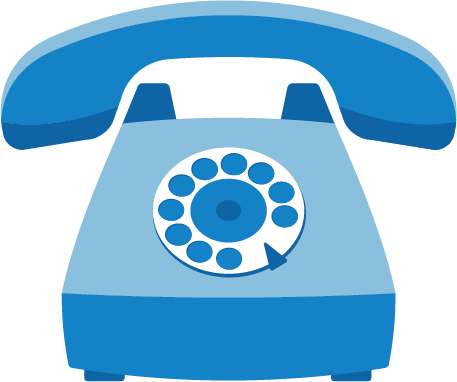Diabetic Supplies
- If you’ve been diagnosed with diabetes, you’ll start a treatment regimen and work with your doctor to determine what’s best for the type of diabetes you have. There are different treatment requirements for Type 1 and Type 2 diabetes, and you will need specific diabetes supplies to treat your illness.
What is the Goal in Treating Diabetes?Because people with diabetes have glucose (blood sugar) levels that are too high, the main goal of treatment is to bring those levels down. But it’s also important for the levels to not drop too low—you would end up with abnormally low levels of glucose, which is called hypoglycemia. - Type 1: Type 1 diabetes is treated with a healthy diet, specifically designed for diabetics, exercise, and insulin injections or an insulin pump.
- Type 2: Type 2 diabetes treatment starts with changes in diet, weight loss, if necessary, and exercise. If the disease can’t be controlled with these, medications are used.
Diet
The American Diabetes Association (ADA) has established guidelines for a diabetic diet. It’s balanced and low in fat, cholesterol, and simple sugars. Your total calories for the day are divided into three meals. Within the last two years, the ADA has revised its opinion on simple sugars. You can now have small amounts of simple sugars when combined with a complex (balanced) meal.
Losing Weight and Exercise
Besides simply being healthier, weight loss and exercise increase your body’s sensitivity to insulin, which prevents high glucose levels.
Testing Your Glucose Levels
With both treatment programs, you will need to keep a careful eye on your glucose levels. Your doctor or health care provider will tell you how to do this and what supplies you’ll need.
- Self-Monitoring of Blood Glucose or SMBG: One way you can monitor your glucose level is with this piece of equipment. It has a meter that indicates your glucose level, which reflects the effectiveness of your diet, exercise, and/or medication.
- Doing your SMBG: Using a lancet (a needle used to get a drop of blood), a small drop of blood is used to measure your glucose level. This is usually done before meals, after meals, and at bedtime.
- If you’re on insulin: Patients who are on insulin need to test their glucose levels more often than those who don’t take insulin.
Goals for Self-testing: Your doctor and health care providers will help you set your individual goals for your glucose levels.
Review your results with your doctor: You will need to go over your SMGB results with your doctor at your visits.
Insulin
If you have Type 1 diabetes, you will be taking insulin to treat it. There are several different kinds that act on your glucose levels at different rates. Your doctor will prescribe the kind of insulin that is best for you.
Most insulin must be injected. Patients used to carry syringes and needles, but there are now pre-filled insulin pens which hold an insulin cartridge. An even more recent “insulin delivery system” is an insulin pump. The pump is used when a continuous delivery of insulin is needed.
Ketones
Under certain situations, you may need to check for ketones in your urine. Ketones in the urine mean that your body is using fat for energy instead of glucose. This happens when there is not enough insulin available to use glucose for energy. This happens most often with Type 1 diabetes. Your doctor or health care provider will tell you when to check your urine for ketones.
Below are conditions that may be signs of high ketone levels:
- You feel nauseated or are vomiting
- You feel tired constantly
- You are thirsty or have a very dry mouth
- You feel confused or “foggy”
- Your skin is flushed
There are urine test kits that check for ketones—you use strips and to test your urine. The strip will change color, which you then compare to a chart for a reading.
Does Medicare Pay for Diabetes Supplies?
Medicare will cover the cost of some diabetes supplies. In order for them to be covered, your doctor must prescribe the supplies.
Some of the covered supplies include:
- Glucose testing monitors
- Glucose test strips
- Lancet devices
- Glucose control solutions used to check the accuracy of test strips and monitors
- Insulin is covered ONLY if used with an external insulin pump
You pay 20% of the Medicare-approved amount and your Original Medicare Part B deductible applies.
NOTE: Insulin and certain medical supplies used to inject insulin, such as syringes and some oral diabetes drugs, may be covered under Medicare prescription drug coverage (Part D).
Getting Your Diabetes Supplies
It’s best to order your supplies from a Medicare-approved supplier. Although you can buy supplies in a store, be sure the store is Medicare-approved.
Medicare Advantage Plans
If you have a Medicare Advantage Plan, it’s important that you check with your individual plan coverage to see how to get your diabetes supplies. You may not have to pay anything out-of-pocket, but there may be rules that you must follow.



